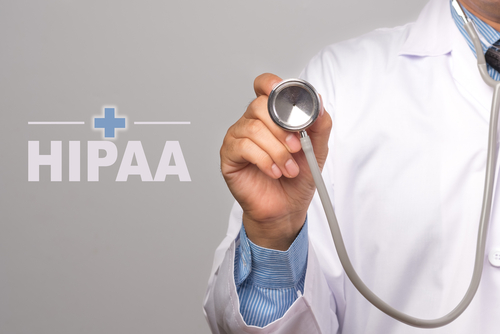Healthcare providers handle sensitive data that should be kept private and confidential, so it’s vital to ensure HIPAA compliance. If you are in the healthcare sector, then you’ll appreciate the need to comply with the Health Insurance Portability and Accountability Act (HIPAA). We’ll highlight four stages involved in compliance and the HIPAA certification:
Learn the Basics
Familiarizing yourself with the requirements and processes involved in the compliance is necessary. You should read through all the guidelines that HIPAA has published to equip your health organization with the basic necessities and to ensure HIPAA compliance.
In the United States, the US Department of Health and Human Services (HHS) is in charge of the registration process. This body regularly publishes updated guidelines in one of their most insightful resource known as “HIPAA for Professionals”. The regulations are regularly reviewed to keep up with the changing risk environment. This is particularly influenced by the ever-rising use of technology in various organizations and rising cybercrime activities. In 2009, the Health Information Technology for Economic and Clinical Health Act (abbreviated as HITECH Act) included regulations to encourage the use of technology in the management of healthcare information. As such, you should understand all the risks associated with the inclusion of technology in your organization, and put mitigation measures in place!
Identify Who You Are
Knowing the category of your organization is necessary since it will help you to decipher which regulations apply to your case to ensure HIPAA compliance. You can be one of the following:
Covered Entities
These include:
- Health plans: All insurance companies that offer healthcare policies are classified here.
- Healthcare providers: These involve all the entities that you’ll visit when unwell, or that which receives patients for treatment. They include dentists, medical clinics, pharmacies, and hospital institutions.
- Healthcare clearinghouses: This category comprises all of the entities involved in the processing of health information. The information is changed from one format to another for ease of comprehension or storage purposes. Individuals involved in these activities include transcriptionists and typists. They are involved in data entry, where they feed the doctor’s notes into the computers to be stored electronically.
If you are a covered entity, you have to appreciate that compliance is solely your responsibility. You should ensure that you use standard processes and uphold ethics to prevent the leakage of patients’ private data.
Business Associates
This category covers all the individuals or entities that conduct business with, or on behalf of, the covered entities. Their engagement with these entities gives them a chance to handle the protected health information. To enhance integrity, the business associates are required to sign a Business Associate Agreement (BAA) that legally binds them to protect private health information. The covenant ensures that the business associates also comply with some of the HIPAA requirements to show the commitment of upholding confidentiality and privacy when handling highly sensitive data.
When you are working with a covered entity, you will be required to participate in a risk assessment activity and adopt the required access controls as will be specified by the specifically covered entity that you are interacting with.
Identify the Rules
It is mandatory that you know the rules that will determine your certification with HIPAA. Once you are sure of them, you have the obligation to work towards fulfilling them. Here are some of the rules you should familiarize yourself with:
- HIPAA Security Rule. This will highlight all the requirements for integrity, security, confidentiality, and the accessibility of the electronic protected health information (EPHI). To meet the HIPAA security rule, you should include physical and technical safeguards before anyone is allowed to access the information.
- HIPAA Privacy Rule. This ensures that only authorized individuals can access the electronic health information database.
- HIPAA Breach Notification Rule. You are obliged to provide a notification in cases where data breaches occur. You should have an established process of notifying the subjects (those whose data was breached) and HHS.
Identify Controls
You should know all the controls that are linked to HIPAA compliance. They include:
- NIST Special Publication 800-66: This control offers guidance on controls required for HIPAA compliance. The controls are obtained from the NIST Special Publication 800-53, which has all the information security involving safeguarding health information.
- NIST SP-800-53: This gives elaborate details of the relationship between HIPAA compliance and ISO 27002 framework. It shows you how you can use your ISO certification to jumpstart the process of HIPAA compliance.
- The HITRUST Alliance: This is a consortium of healthcare and technology companies. The group has created the Common Security Framework (CSF). These are controls that your organization can use to comply with multiple bodies including HIPAA and SOC 2.
The process of HIPAA compliance can be complicated due to the large volume of information and controls required. However, the use of technology can simplify the process.






